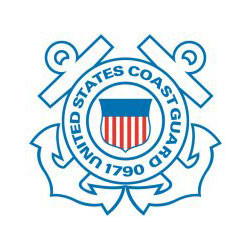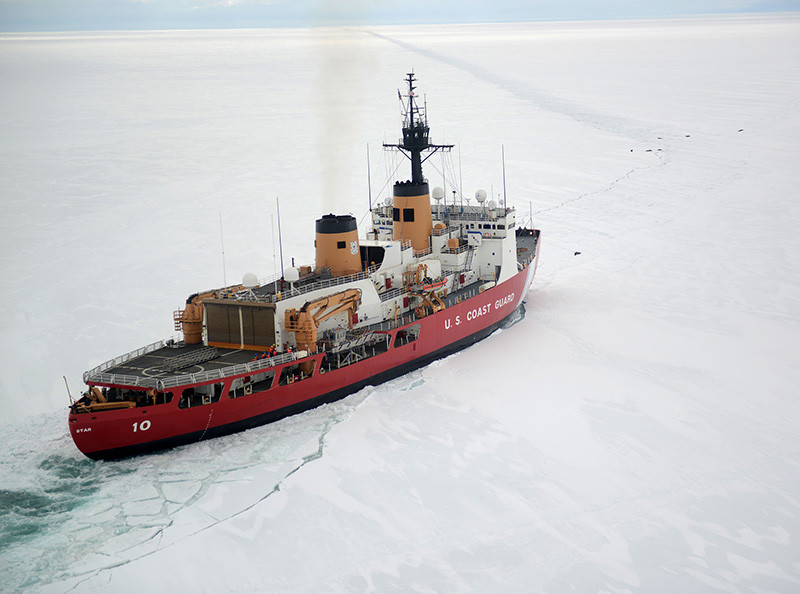The Seattle-based Coast Guard cutter Polar Star (WAGB 10) arrived Tuesday in Dutch Harbor, Alaska, for a logistics stop 30 days into a months-long Arctic deployment to protect the nation’s maritime sovereignty and security throughout the polar region.
The 44-year-old heavy icebreaker is patrolling the Bering and Chukchi Seas to project power and support national security objectives throughout Alaskan waters and into the Arctic, including along the Maritime Boundary Line between the U.S. and Russia.
During the mission’s first leg, the Polar Star traversed an historic winter latitude navigating farther north than any U.S. surface ship in history. The Polar Star's record-breaking winter Arctic latitude, reached Dec. 25, is 72° 11' N.
Additionally, the Polar Star crew engaged in various scientific research initiatives, including the deployment of four ice buoys in support of a scientific partnership with the University of Washington and Office of Naval Research. In support of the National Science Foundation and Woods Hole Oceanographic Institution, the Polar Star crew also launched multiple sensors to examine Arctic waters.
While moored in Dutch Harbor, for the safety of the cutter’s crew and local citizens, no person will be permitted on or off the Polar Star unless it’s for a pre-approved logistic purpose.
Mitigating the risk of potential exposure to Covid-19 is paramount for the mission’s continued success and for the safety of the citizens of Dutch Harbor.
Upon departing Dutch Harbor, the Polar Star crew will again transit north and continue to hone the crew’s icebreaking proficiency, conduct scientific research and patrol to detect and deter illegal fishing by foreign vessels in the U.S. Exclusive Economic Zone.
The last time the nation’s sole heavy icebreaker visited Dutch Harbor was in July 2013 following the unit’s re-activation.




